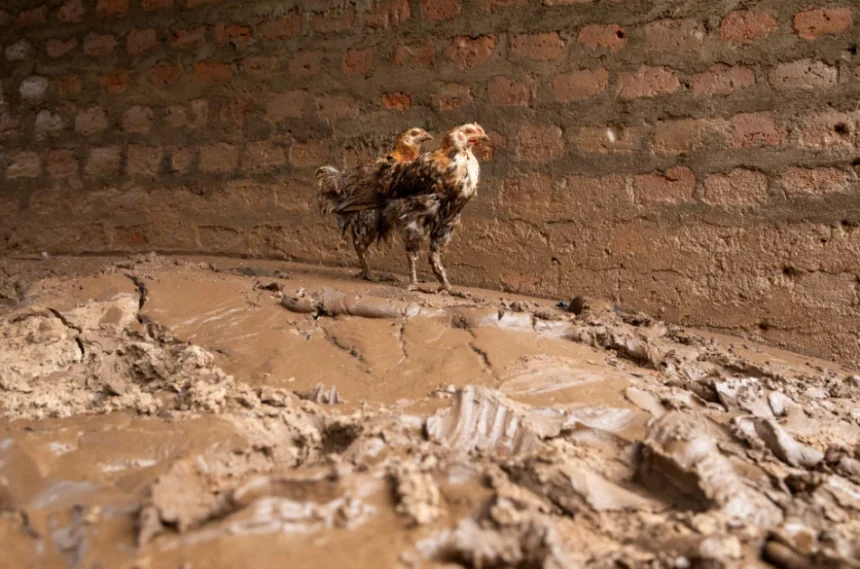Authorities are urging Ugandans, particularly residents of flood-prone urban centres such as Kampala, to acquire swimming skills as part of life-saving measures against the rising tide of drowning incidents.
Dr Charles Luzige, Assistant Commissioner for Maritime Monitoring at the Ministry of Works and Transport, made the call ahead of World Drowning Prevention Day, which is on July 25. Luzige noted that while infrastructure improvements are ongoing, personal preparedness is critical.
“Government interventions to address flooding are underway, but individuals must also take responsibility. Swimming is not just a sport — it’s a survival skill, especially when every other safeguard fails,” he said.
To boost emergency response, the government is developing a network of search and rescue centres nationwide, all coordinated through a central hub in Entebbe. Luzige encouraged communities to remain alert to weather forecasts and be active participants in rescue efforts during emergencies.
Urban flooding remains a persistent problem in Kampala, with areas like Clock Tower and Meat Packers identified as critical flooding hotspots. Luzige confirmed that drainage systems in these locations are being upgraded to mitigate future disasters.
A recent national assessment on drowning risks has guided the establishment of rescue facilities in Panyimur, Kaisotonya, and Lake Kyoga. Districts such as Masaka, Mayuge, Kyotera, Soroti, Rakai, and Serere have been listed among the most vulnerable regions.
Experts are warning that drowning is quickly becoming one of Uganda’s most pressing public health concerns. Dr Frederick Oporia, Executive Director of the Trauma and Injury Control Centre at Makerere University School of Public Health, said drowning is claiming more lives than many people realise.
“On average, eight people drown every day in Uganda — that’s roughly 3,000 deaths each year,” Dr Oporia revealed. “Over the past three years, drowning has ranked among the top three causes of death in Sub-Saharan Africa, alongside malaria and HIV/Aids.”
A 2021 survey by Makerere University recorded 3,500 drowning fatalities in 74 districts over just two and a half years, averaging 1,400 deaths annually.
In March, at least seven lives were lost when flash floods swept through parts of Kampala, while other victims have been reported falling into open drainage channels during heavy downpours. These tragedies underscore both the limitations of the city’s drainage infrastructure and the lack of water safety knowledge among residents.



